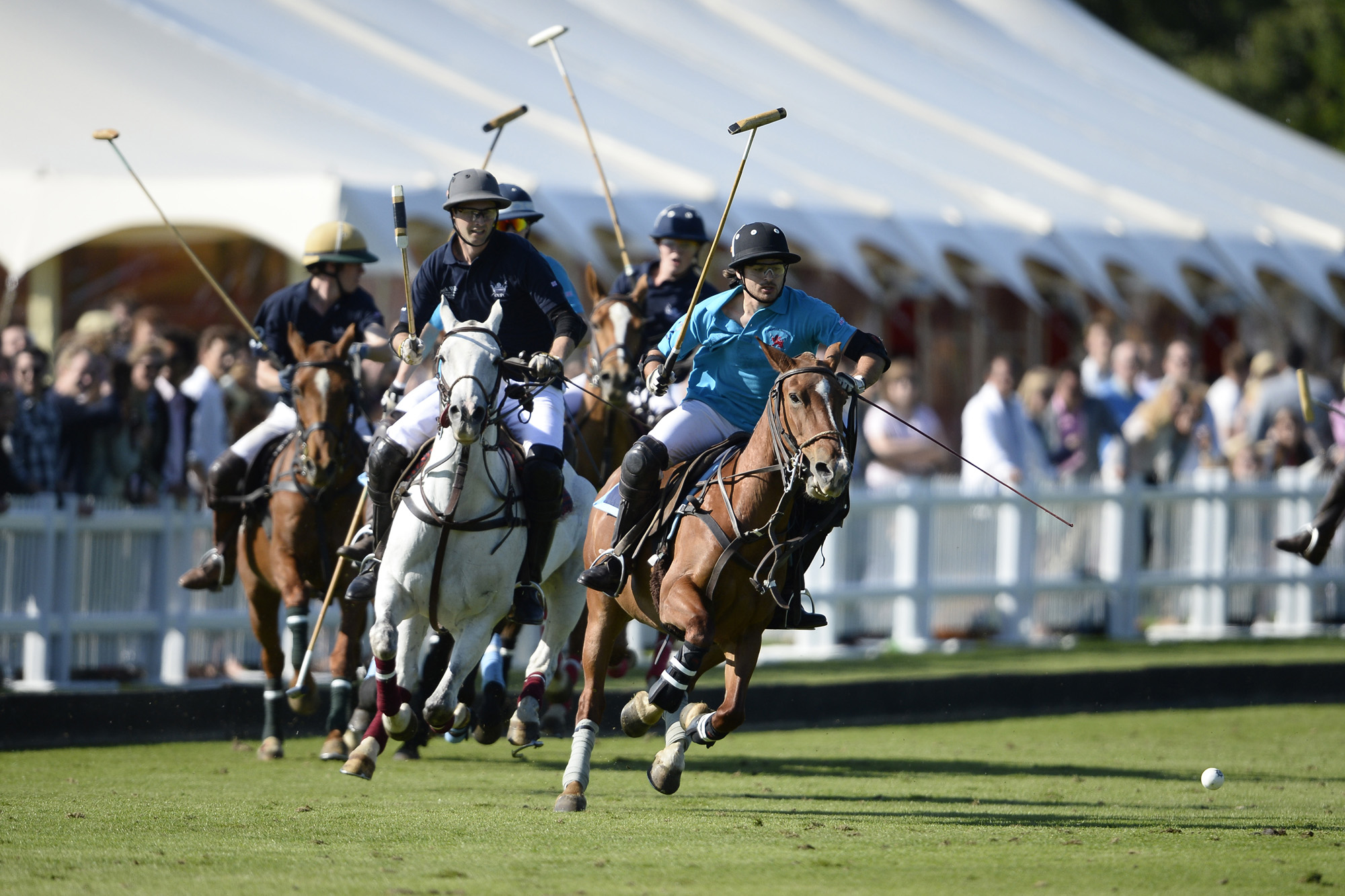How to play polo
- Introduction to Polo
- Understanding Polo Rules: Part 1
- Understanding Polo Rules: Part 2
Introduction to Polo
Recognizing Key Game Positions in Polo

Equestrian team sport.
Polo is a team sport that requires a high level of coordination and understanding between players. Each player on a polo team has a specific position with distinct roles and responsibilities. This article will delve into the key game positions in polo, the skills and attributes required for each, and the importance of teamwork and coordination in the game.
Player Positions in Polo
A polo team consists of four players, each assigned a position numbered from 1 to 4.
-
Position 1: Often referred to as the "attack" or "forward", this player is primarily responsible for scoring goals. They must be quick, agile, and have a good understanding of offensive strategies.
-
Position 2: This player is also an attacking player but has more defensive responsibilities than Position 1. They need to be aggressive and have the ability to transition quickly between offense and defense.
-
Position 3: Known as the "pivot" or "playmaker", this player is usually the most experienced and skilled on the team. They direct the game, make strategic decisions, and are involved in both offensive and defensive plays.
-
Position 4: This is the primary defensive player, often referred to as the "back". Their main role is to prevent the opposing team from scoring by blocking and clearing the ball from their goal area.
Skills and Attributes Required
Each position in polo requires a unique set of skills and attributes:
- Position 1 players need excellent ball-handling skills, speed, and accuracy in shooting goals.
- Position 2 players require strength, aggression, and the ability to quickly switch between offensive and defensive roles.
- Position 3 players must have a deep understanding of the game, excellent horsemanship, and the ability to make quick strategic decisions.
- Position 4 players need to be strong defenders, with the ability to anticipate the opposing team's moves and clear the ball effectively.
The Importance of Teamwork and Coordination
In polo, teamwork and coordination are crucial. Each player must understand their role and how it fits into the team's overall strategy. Communication, both verbal and non-verbal, is key to coordinating moves and executing strategies effectively. Players must also be able to anticipate their teammates' actions and react accordingly.
In conclusion, understanding the key game positions in polo is fundamental to appreciating the game and improving performance. Each position has unique responsibilities and requires specific skills, all of which contribute to the overall success of the team.